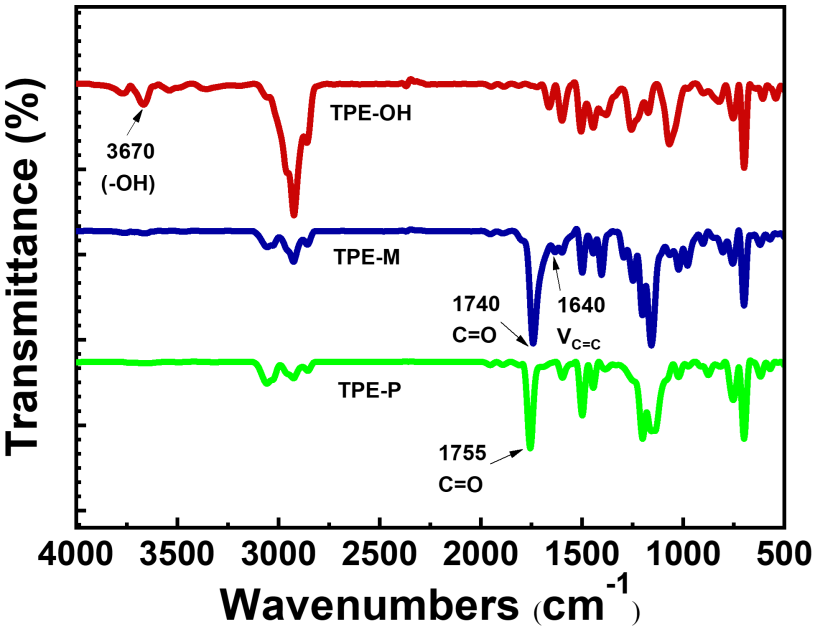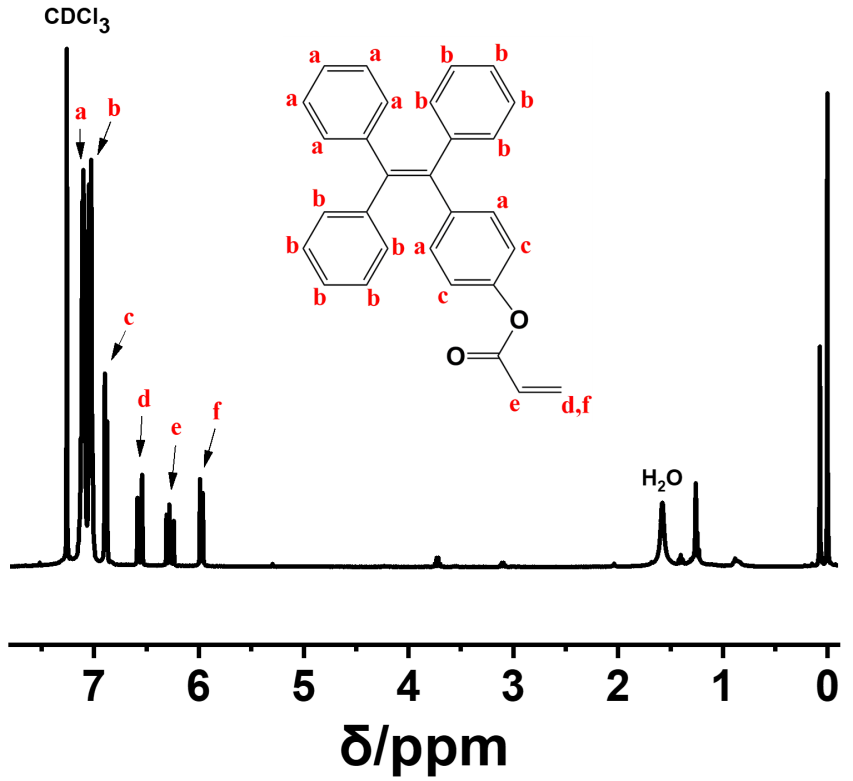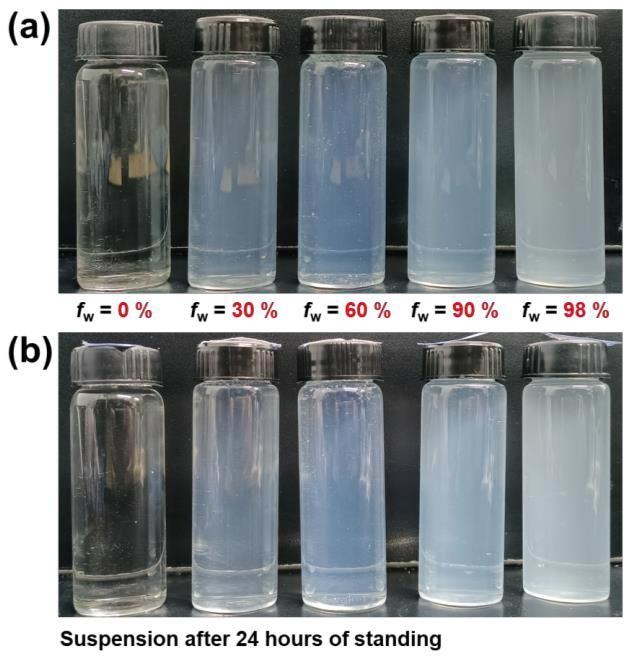Scientists from the Beijing University of Chemical Technology have reported the facile fabrication of fluorescent silicone elastomers, combining AIE-active polymers with silicone matrixes. Their findings have been published in a paper in the journal ACS Applied Polymer Materials.

Study: Aggregation-Induced Emissive Silicone Elastomer with Multiple Stimuli Responsiveness. Image Credit: pamir/Shutterstock.com
Background to the Research
Fluorescent substances have been widely studied due to their properties and potential application in sensing, bioimaging, and detection. Traditional luminescent compounds possess strong photoluminescence in dilute solutions but can suffer from quenching effects in solids and aggregates due to concentration quenching effects and aggregate-caused quenching.
Research into solid-state emissive fluorescent materials has sought to address these issues. These materials are produced by incorporating luminescent materials into solid substrates using chemical and/or physical fabrication methods to fabricate efficient emitters.

FT-IR spectra of TPE-OH, TPE-M, and TPE-P. Image Credit: Chen, J et al., ACS Applied Polymer Materials
Silicone elastomers possess superior benefits such as biocompatibility, chemical inertness, and enhanced flexibility. Incorporating fluorescence into silicone elastomers using rational design principles could produce materials with unparalleled functionality.
Due to the promising properties that these materials possess, there has been an increasing research focus on fabricating fluorescent silicone elastomers in recent years, with several materials developed by scientists. These materials have broad application potential in the fields of bioimaging, chemical sensors, organic LEDs, and probes.
The easiest method to prepare these materials is to use physical doping to introduce fluorescent molecules into the elastomer substrate. However, these methods are limited by the aggregation of fluorescent molecules, leading to uneven distribution within the matrix. Additionally, these molecules can easily migrate out of the material, leading to reduced stability and limited service life and reproducibility.
This can be overcome by covalently bonding the fluorescent molecules to the silicone substrate. Other methods reported in recent years include incorporating microencapsulated aggregation-induced emission-active polymers (AIE-active polymers.) However, these methods are complex and typically require harsh processing environments. Thus, a simpler and universal approach is needed.
RAFT Polymerization
RAFT polymerization, which stands for 'reversible addition-fragmentation chain-transfer' polymerization, is a widely explored polymerization method. It has been used in the synthesis of several polymers with low polydispersities and controlled molecular weight. Compared to other radical polymerization methods, RAFT polymerization is compatible with a wide range of monomers.
Another ability that makes RAFT polymerization a powerful synthesis method is the possibility of producing materials with different structural architectures. Polymers can be synthesized with gradient, block, comb, hyperbranched, and gradient architectures. Furthermore, network copolymers can be produced using RAFT polymerization.

1H-NMR spectrum of TPE-M. Image Credit: Chen, J et al., ACS Applied Polymer Materials
The Study
The authors have presented a facile strategy for producing efficient and stable fluorescent silicone elastomers that improve upon previously reported methods. Fifty-one studies in the current literature have been analyzed and referenced in the new paper.
The approach in the study involves incorporating AIE-active polymers into silicone substrates. RAFT polymerization was used to prepare the AIE-active materials. Vinyl monomers containing a tetraphenyl-ethylene (TPE) pendant were polymerized using this process.
Several techniques were employed in the research to evaluate the material’s emissivity and mechanical properties. These included gel-permeation chromatography, FTIR spectroscopy, NMR spectroscopy, XRD, AFM, and tensile tests on dumbbell-shaped samples.
Study Findings
Detailed experimental characterizations were conducted on the prepared fluorescent materials. These demonstrated that the emissive unit’s molecular movement is limited by polymer chain entanglement between silicone matrices and fluorescent macromolecules. This overcomes issues with the fluorescent molecule migrating and being released into the substrate.
Spectroscopy and electron microscopy were employed in the research to analyze the materials. Analysis revealed that the luminogens possess good stability and dispersibility in the silicone matrix. The quantum yield of the material’s fluorescent emissivity is over 20%. The authors also demonstrated that the binding effect allows TPE molecules to form aggregates, giving them bright fluorescent emissivity.
The authors also discovered that the silicone elastomers' fluorescent properties can be modulated. This is achieved by modifying the fluorescent macromolecules' aggregation state or molecular weight.
The most interesting property of the prepared fluorescent elastomer observed by the team is its multiple reversible stimuli responses. The material can respond to organic solvents, temperature, and strain. This gives it the potential to be applied in flexible large-area sensors.

(a) Photographs of TPE-P10 in THF/H2O mixtures (0.05 mg/mL, fw: water fraction) and (b) photographs of these suspension after 24 hours of standing. Image Credit: Chen, J et al., ACS Applied Polymer Materials
In Summary
The paper has demonstrated a straightforward process for producing fluorescent silicone elastomers that markedly improves upon previously reported fabrication strategies. Moreover, the authors' approach can be considered to be a universal strategy.
The authors have stated that it is their belief that the findings presented in their paper can provide opportunities for future research and development of fluorescent silicone elastomers with the potential for advanced applications. Chief amongst these applications is the potential to use these fluorescent elastomers as large-area flexible fluorescent sensors.
Further Reading
Chen, J et al. (2022) Aggregation-Induced Emissive Silicone Elastomer with Multiple Stimuli Responsiveness ACS Applied Polymer Materials [online] pubs.acs.org. Available at: https://pubs.acs.org/doi/10.1021/acsapm.2c00231
Disclaimer: The views expressed here are those of the author expressed in their private capacity and do not necessarily represent the views of AZoM.com Limited T/A AZoNetwork the owner and operator of this website. This disclaimer forms part of the Terms and conditions of use of this website.